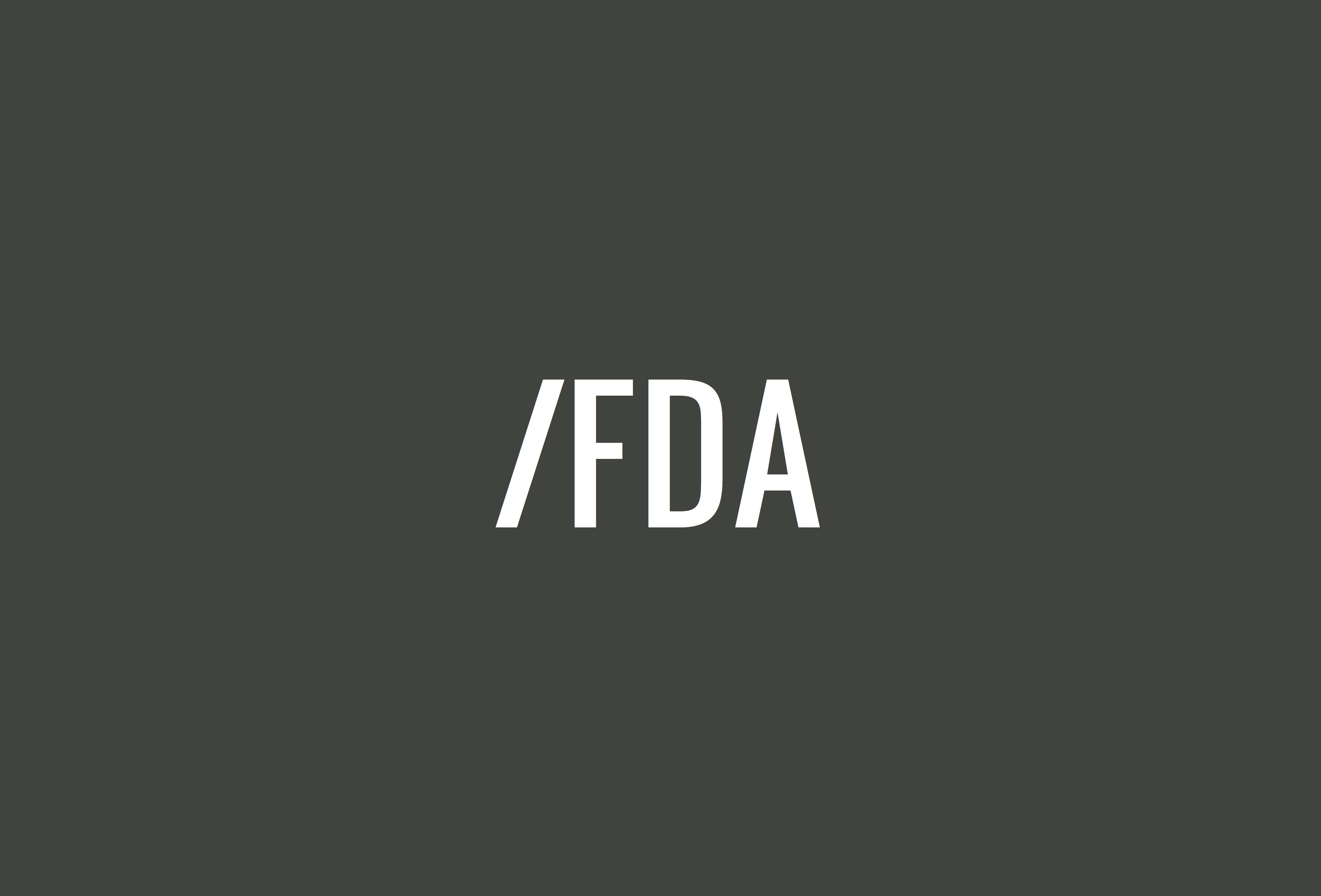For those wondering how the U.S. Food & Drug Administration (FDA) came to a $10 retail price point when trying to define a “premium cigar”—there’s actually some explanation in the literature. Unfortunately, it raises new and more substantial concerns regarding the agency’s position on a premium cigar exemption.
In a document regarding the financial impact of the proposed deeming regulations on cigars, e-cigarettes and others, the organization stated that 36 percent of handmade cigars would qualify as a “premium cigar.”
It’s the first in a list of frightening revelations regarding the agency’s position on “non-premium handmade cigars” and “premium cigars.” Mainly, the FDA is comfortable excluding 64 percent of the cigars on the market that are made by hand from its “premium” exemption. This number is not based off of sales, which would likely skew in favor of a greater percentage of inexpensive cigars, but rather on the individual cigars on the market.
Even more concerning is how the agency arrived at that number. In a footnote it explains:
Based on the cigar cyclopedia (Ref. 98 [2010]), about 10 percent of handmade cigars would be excluded from the premium category based on non-price criteria.
Richard Perelman is not writing about cigars any longer and the item referenced was published in 2009. It contains over 1,000 different lines—many of which are discontinued and many of which were exclusive to specific retailers. The evidence is not even the most recent publication from Perelman, but the FDA’s math does not add up.
We separated the products into two categories: cigars that were non-flavored, entirely long-fill and capped by hand; and products that weren’t. Even using stricter standards to define “premium cigar”—our analysis of the more than 1,000 lines in Perelman’s publication indicates that 8.5% of the products would be excluded on the non-price criteria.
Furthermore, we estimate that half of the 8.5% excluded would be excluded because of being mixed fill, something the agency has not made clear would be a reason for rejection. Based off of our review of every cigar included in Perelman’s publication, we believe that the number is actually less than five percent of cigars would be excluded for non-price factors.
But it gets worse.
We sampled prices for handmade cigars sold singly on two well- known Internet sites. On one site 31 percent of these cigars had prices greater than or equal to $10 apiece. On the other site 13 percent were priced $10 or higher.
Surveying two online retailers does not seem indicative of making changes to an entire industry and the fact that the FDA did not disclose which retailers were sampled is even more concerning. Furthermore, because they do not provide any data regarding this—and given the results they came to with Perelman’s Cyclopedia—it’s hard to accept either number as true.
And then it got even worse.
Taking into account the possibility that some manufacturers offering cigars with prices close to $10 might raise the prices of these cigars to avoid regulation, we estimated that no more than 40 percent of handmade cigars would sell for $10 or more. We assume that non-price criteria and price are unrelated.
Even if we ignore the already suspect data, it’s confusing that the agency decided against averaging the data it collected.
But then—it did something even more bizarre. Rather than accepting 31 percent as the maximum data point, it added one standard deviation and settled at 40 percent without any real evidence. The argument advanced is no doubt true, many manufacturers of $8 cigars would likely increase the price of their products to $10 retail, but the data achieved to make the conclusion is more than suspect.
Therefore, we estimate that 36% (= 40% * 90%) of handmade cigars would qualify as premium with a $10 price point.
Earlier this week, Sen. Tom Harkins, D-Iowa, said “you know a premium cigar when you see it” during a hearing reading the proposed regulations.
It’s unclear how you would visually be able to tell the difference between an Oliva Serie G and a Fuente Fuente OpusX. To the regulators, the entire process from seed to end product will probably look like a “premium cigar”—yet under the FDA’s definition, one is and one is not. More concerning, the agency seems perfectly comfortable with it.
The only ray of hope is that if Option 2 is selected, we don’t think the language regarding the pricing will remain as it’s currently written.
Earlier today we launched halfwheel.com/fda. A micro-site dedicated to the proposed deeming regulations that examines issues like this and more.


